Nature ( IF 48.5 ) Pub Date : 2020-02-19 , DOI: 10.1038/s41586-020-1991-8
Benjamin Hmiel , V. V. Petrenko , M. N. Dyonisius , C. Buizert , A. M. Smith , P. F. Place , C. Harth , R. Beaudette , Q. Hua , B. Yang , I. Vimont , S. E. Michel , J. P. Severinghaus , D. Etheridge , T. Bromley , J. Schmitt , X. Faïn , R. F. Weiss , E. Dlugokencky

|
Atmospheric methane (CH4) is a potent greenhouse gas, and its mole fraction has more than doubled since the preindustrial era1. Fossil fuel extraction and use are among the largest anthropogenic sources of CH4 emissions, but the precise magnitude of these contributions is a subject of debate2,3. Carbon-14 in CH4 (14CH4) can be used to distinguish between fossil (14C-free) CH4 emissions and contemporaneous biogenic sources; however, poorly constrained direct 14CH4 emissions from nuclear reactors have complicated this approach since the middle of the 20th century4,5. Moreover, the partitioning of total fossil CH4 emissions (presently 172 to 195 teragrams CH4 per year)2,3 between anthropogenic and natural geological sources (such as seeps and mud volcanoes) is under debate; emission inventories suggest that the latter account for about 40 to 60 teragrams CH4 per year6,7. Geological emissions were less than 15.4 teragrams CH4 per year at the end of the Pleistocene, about 11,600 years ago8, but that period is an imperfect analogue for present-day emissions owing to the large terrestrial ice sheet cover, lower sea level and extensive permafrost. Here we use preindustrial-era ice core 14CH4 measurements to show that natural geological CH4 emissions to the atmosphere were about 1.6 teragrams CH4 per year, with a maximum of 5.4 teragrams CH4 per year (95 per cent confidence limit)—an order of magnitude lower than the currently used estimates. This result indicates that anthropogenic fossil CH4 emissions are underestimated by about 38 to 58 teragrams CH4 per year, or about 25 to 40 per cent of recent estimates. Our record highlights the human impact on the atmosphere and climate, provides a firm target for inventories of the global CH4 budget, and will help to inform strategies for targeted emission reductions9,10.
中文翻译:

工业化前的 14CH4 表明人为化石 CH4 排放量更大
大气中的甲烷 (CH 4 ) 是一种强效温室气体,其摩尔分数自前工业时代以来增加了一倍多1。化石燃料的开采和使用是 CH 4排放的最大人为来源之一,但这些贡献的确切幅度是一个有争议的主题2,3。CH 4 ( 14 CH 4 ) 中的碳 14可用于区分化石(不含14 C)CH 4排放和同期生物源;然而,约束较差的直接14 CH 4自 20 世纪中叶以来,核反应堆的排放使这种方法变得复杂4,5。此外,人为和自然地质来源(如渗漏和泥火山)之间的化石 CH 4排放总量(目前每年172 至 195 太克 CH 4 ) 2,3的划分正在辩论中;排放清单表明,后者每年约占 40 至 60 太克 CH 4 6,7。大约 11,600 年前的更新世末期,地质排放量每年不到 15.4 太克 CH 4 8,但由于大面积的陆地冰盖覆盖、较低的海平面和广泛的永久冻土,这一时期与当今的排放量相比是一个不完美的模拟。在这里,我们使用前工业时代冰芯14 CH 4测量结果表明,向大气排放的自然地质 CH 4约为每年 1.6 太克 CH 4,每年最多为 5.4 太克 CH 4(95% 的置信限)—比目前使用的估计值低一个数量级。该结果表明人为化石 CH 4排放被低估了约 38 至 58 太克 CH 4每年,或大约是最近估计的 25% 至 40%。我们的记录突出了人类对大气和气候的影响,为全球 CH 4预算清单提供了一个明确的目标,并将有助于为有针对性的减排战略提供信息9,10。

















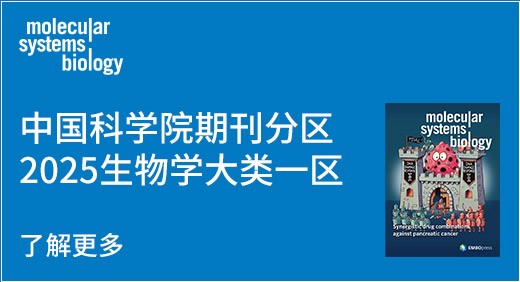

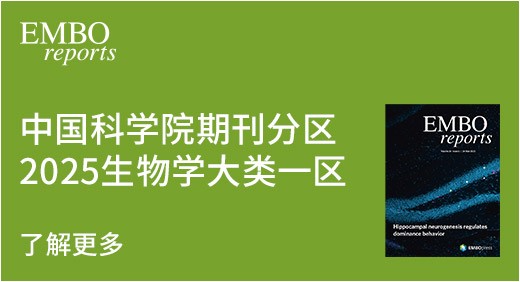




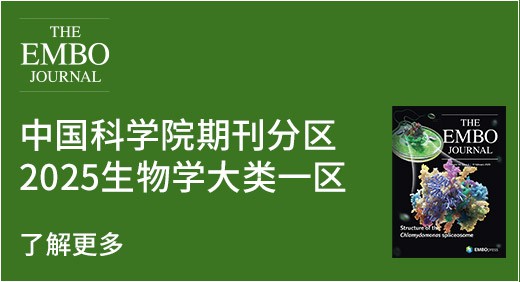






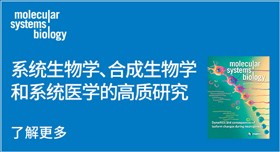

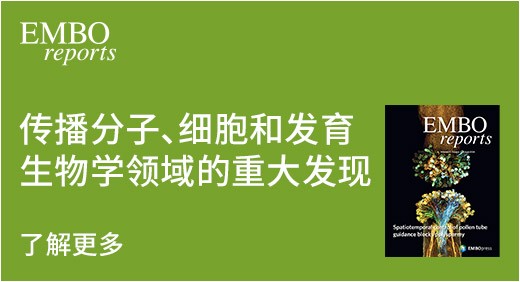
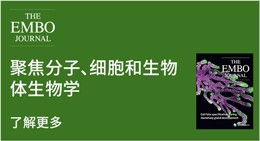

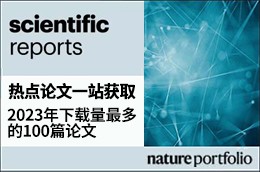















 京公网安备 11010802027423号
京公网安备 11010802027423号